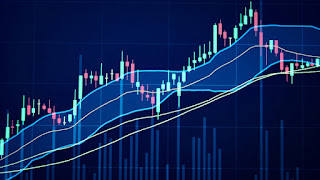Understanding Technical Indicators: A Comprehensive Guide for Traders

By: Ivan Cavric Technical indicators are tools used by traders to analyze financial markets and predict future price movements. They are popular among traders because they help to identify potential trading opportunities and can assist in making more informed trading decisions. In this article, we will explore what technical indicators are, when they are used, and why they are popular for trading. What are technical indicators? Technical indicators are mathematical calculations based on the price and volume of an asset over time. They are used to analyze price movements and identify trends in the market. Technical indicators can be applied to any financial market, including stocks, bonds, commodities, and currencies. There are two types of technical indicators: leading indicators and lagging indicators. Leading indicators are used to predict future price movements and are therefore considered more valuable. Lagging indicators are used to confirm trends that have already occu...


